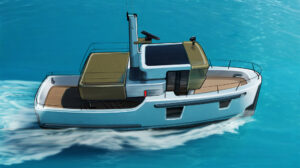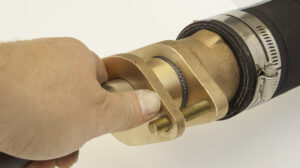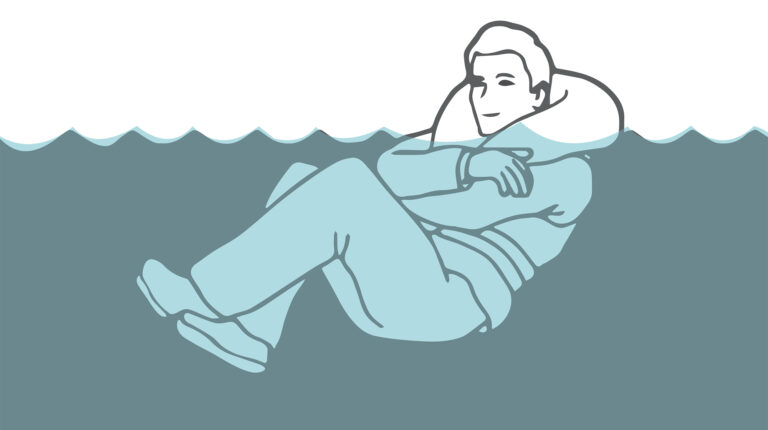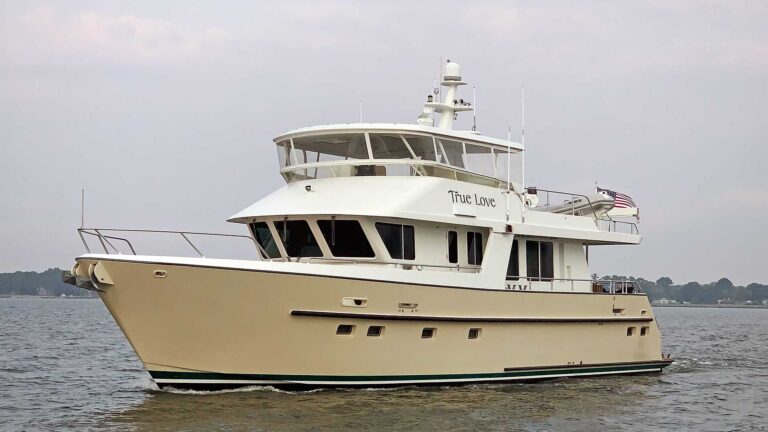The red light at the helm for the bilge pump in the lazarette was coming on with repeated regularity. After securing my lines back at the dock, I peered into the bilge, expecting to find a clue as to why the pump had been so busy underway. I was surprised to see a rather dry bilge. And, the float switch for the bilge pump and the float switch for the high-water alarm were both operating properly when I manually lifted each one.
I shut off the breaker to the pump and turned on the dock hose to fill the area with enough water to activate the bilge pump. Then, I restored the power source. The instant the pump kicked on, I saw my problem.
The flexible polyethylene bilge-pump hose had sprung a leak. Each time the float switch activated the pump, a certain amount of water went overboard, but some sprayed back into the bilge, exiting from the burr in the hose.
Hoses are among the most common type of equipment aboard boats. They ferry endless amounts of water, fuel, waste and oil through the vessel’s systems. But they also are scattered in various locations. They pass through bulkheads, and they make sharp turns over and through stringers and engine beds. In some cases, hoses disappear from sight altogether and become compromised when other equipment is installed over them without sufficient space to avoid crushing or pinching. Coarse raw fiberglass and metal surfaces also pose danger unless the hoses are protected with sufficient chafe gear.
Rather than wait for a failure at sea, be proactive on upkeep.
My worst busted-hose experience happened when I lost steering and discovered a hydraulic leak after tracing the lines from the helm console. I realized that the problem was behind the insulation in the engine room. I had to remove multiple panels to fix things. This boat had twin engines, so I could steer with some effort and made it home safely. With a single-engine boat, I would have been coming back pushing a tow rope.
To be sure, marine hose is expensive, but maintenance can be a bargain if you stop a problem before it starts. Some boat owners like to use paint to dress up the engine room, but I prefer to keep hoses in their original state to avoid surprises. Paint can fill cracks in the surface of the hose, and it can hide potential failure points.
I like to see bright stainless steel hose clamps for similar reasons. Plus, it is easier to go around occasionally and put a screwdriver to each clamp to ensure its tightness. I always recommend keeping an assortment of loose hoses, and stainless-steel hose and T-bolt exhaust clamps, aboard the boat in case of emergencies. A spare small-engine or raw-water-intake hose for a generator or air conditioner could save your weekend plans.
Wet-exhaust hose for an engine is a different animal to deal with underway. These heavy-duty hoses are sometimes reinforced with wire. If one splits or cracks open at sea, exhaust and hot water will flow into the boat, creating more problems. Inspect these hoses, and all connections and clamps, at least once or twice a season. Carry some heavy towels on board to stem the exhaust and water if there’s a failure away from the dock.
Also pay attention to the shape and condition of hard fittings at the hose ends, and where they connect. With your hand, run a clean cloth around each fitting so you can spot drips or other potential leaks. If a fitting needs tightening, use a box wrench or open-end wrench. Support each end thoroughly before you apply the necessary muscle.
As for my issue, I replaced the cheap bilge hose with more expensive vinyl hose that had a corrugated exterior for easier bending flexibility, as well as a smooth inner wall for a consistent flow overboard. Spending a little extra money for higher quality makes sense to me. I went ahead and did the other two bilge pumps as well.
This article was originally published in the July/August 2024 issue.










